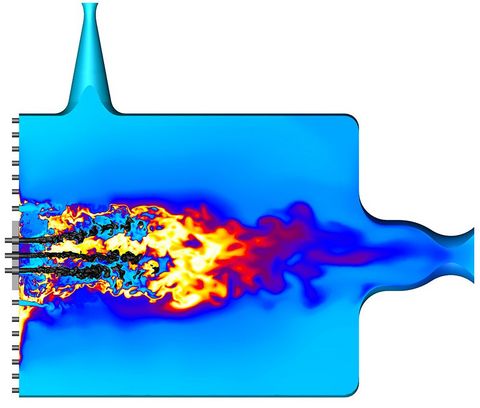ENGINEERING AND CFD
Engineering and CFD
Engineering and CFD
Engineering and CFD
Engineering and CFD
Engineering and CFD
Engineering and CFD
Engineering and CFD
Engineering and CFD
Engineering and CFD
Engineering and CFD
Engineering and CFD
Engineering and CFD
Engineering and CFD
Engineering and CFD
Engineering and CFD
Engineering and CFD
Engineering and CFD
Engineering and CFD
Engineering and CFD
Engineering and CFD
Engineering and CFD
Engineering and CFD
Engineering and CFD
Engineering and CFD
Engineering and CFD
Engineering and CFD
Engineering and CFD
Engineering and CFD
Engineering and CFD
Engineering and CFD
Engineering and CFD
Engineering and CFD
Engineering and CFD
Engineering and CFD
Engineering and CFD
Engineering and CFD
Engineering and CFD
Engineering and CFD
Engineering and CFD
Engineering and CFD
Engineering and CFD
Engineering and CFD
Engineering and CFD
Engineering and CFD
Engineering and CFD
Engineering and CFD
Engineering and CFD
Engineering and CFD
Engineering and CFD
Engineering and CFD
Engineering and CFD
Engineering and CFD
Engineering and CFD
Engineering and CFD
Engineering and CFD
Engineering and CFD
Engineering and CFD
Engineering and CFD
Engineering and CFD
Engineering and CFD
Engineering and CFD
Engineering and CFD
Engineering and CFD
Engineering and CFD
Engineering and CFD
Engineering and CFD
Engineering and CFD
Engineering and CFD
Engineering and CFD
Engineering and CFD
Engineering and CFD
Engineering and CFD
Engineering and CFD
Engineering and CFD
Engineering and CFD































































































































































































